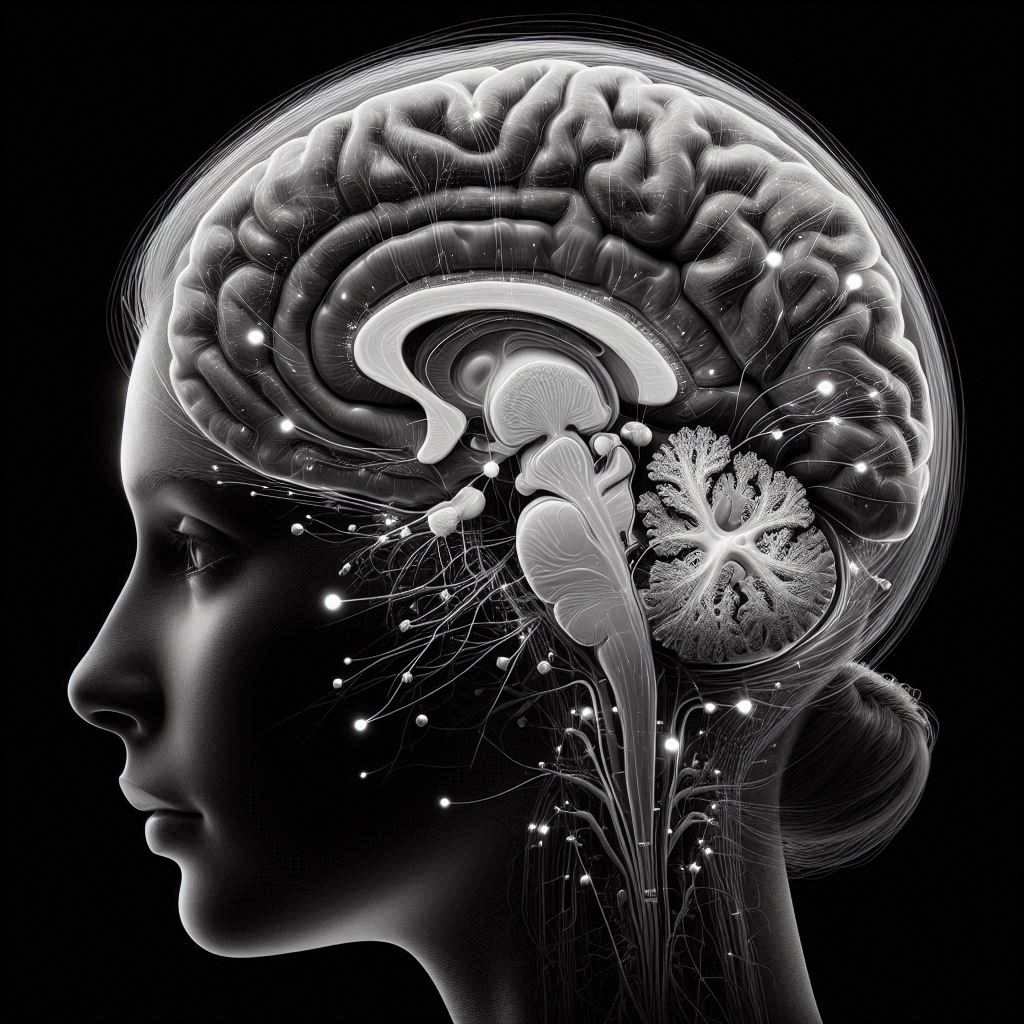Do you ever feel paralyzed by fear in social situations? Social anxiety disorder, often known as social phobia, might be impacting more lives than you think. This isn’t just about being shy or nervous in new settings; it’s a deep-rooted fear that can halt conversations before they even begin.
People with this condition often avoid everyday interactions, leading to isolation and a fear of judgment that can be overwhelming. We’ll explore the symptoms that define this disorder, shedding light on its effects and revealing pathways to relief. Unlock a deeper understanding and discover ways to manage these challenges effectively.
Defining Social Anxiety Disorder
Social Anxiety Disorder is more than just occasional shyness or nervousness in social situations. It’s a condition that can significantly affect a person’s daily life. Let’s break it down and look at how it’s defined and how it differs from similar terms.
What is Social Anxiety Disorder?
Social Anxiety Disorder, sometimes called Social Phobia, is a mental health condition recognized by overwhelming fear in social interactions. This isn’t just about being shy. People with this disorder often worry excessively about being judged, embarrassed, or rejected in social settings.
Criteria for Diagnosis:
To be diagnosed with Social Anxiety Disorder, certain criteria must be met:
- Persistent Symptoms: The fear or anxiety is present in most social situations over a period of at least six months.
- Impact on Daily Life: The anxiety causes significant distress or impairs daily activities, whether at work, school, or in personal relationships.
- Fear of Negative Evaluation: There’s a strong fear of being embarrassed, humiliated, or negatively judged by others.
It’s a condition that affects more than just the occasional fear of public speaking or meeting new people. It’s about feeling intense fear or dread even in seemingly simple situations like eating in front of others or making small talk.
Difference Between Social Anxiety and Social Phobia
You might hear the terms social anxiety and social phobia used interchangeably. But are they really the same?
Social Anxiety: This is a general feeling of nervousness or discomfort in some social situations. Many people feel this from time to time. It’s common and often doesn’t interfere too much with daily life.
Social Phobia: This is more severe. It’s when social anxiety escalates to a clinical level. The fear is so intense and persistent that it disrupts your daily routine, like avoiding social events or struggling in school or work due to anxiety.
Think of it this way: Social anxiety is like being nervous before giving a speech. Social phobia is being so scared of the mere idea of that speech that you’d rather stay home to avoid it entirely.
Understanding these distinctions helps in recognizing when normal jitters cross the line into a disorder that might need professional attention. So, while everyone feels a bit anxious sometimes, Social Anxiety Disorder is about much more than just the occasional butterfly in your stomach.
Common Symptoms of Social Anxiety Disorder
Social anxiety disorder, also known as social phobia, can significantly impact a person’s daily life. Understanding its symptoms is the first step to addressing this condition. Individuals with social anxiety often experience a range of symptoms that fall into distinct categories. Let’s explore them below to get a clearer picture of what living with this disorder feels like.
Emotional Symptoms
Individuals with social anxiety are consistently on edge, fearing negative judgment or evaluation. It’s like constantly having a spotlight on you, leaving you worried about making mistakes and being embarrassed or humiliated. This nagging fear can turn simple social interactions into daunting challenges. For those affected, the emotional toll is real and pervasive, coloring every encounter with anxiety.
Physical Symptoms
Have you ever noticed your heart pounding or your palms sweating when you’re anxious? People with social anxiety disorder experience these physical reactions intensely and frequently. Common symptoms include:
- Sweating: Even in a cool room, those affected may feel drenched.
- Trembling: Shaking hands or a quivering voice can betray their inner turmoil.
- Rapid Heartbeat: Imagine your heart racing like you’re sprinting, even when sitting still.
Each of these responses adds a tangible layer to the invisible battle they’re facing.
Behavioral Symptoms
Social anxiety often leads to behaviors aimed at avoiding stressful situations. People might skip social events, hide in the bathroom at gatherings, or leave a meeting early. They might pass up opportunities, not because they don’t care but because the thought of participating is overwhelming. Another common behavior is excessive self-monitoring, like checking how they look or sound, worried about small imperfections.
Cognitive Symptoms
The mind can be an unfriendly place for those with social anxiety. Negative thought patterns dominate their thinking. They often assume the worst will happen: making a mistake might seem like a catastrophe. Their perceptions are skewed, making social interactions appear more threatening than they are. This distorted view can reinforce their fears, trapping them in a cycle of anxiety.
Understanding these symptoms is crucial for those who suffer from social anxiety and those who support them. By addressing each symptom, we can take steps toward a more manageable daily experience and a better quality of life.
Impact of Social Anxiety Disorder
Social anxiety disorder can touch every corner of a person’s life, painting shadows where there could be light. It’s like wearing a mask that hides one’s true self, making it hard to connect with others. Whether it’s dealing with family, friends, or colleagues, social anxiety can have an unseen grip on various aspects of life.
Effects on Personal Relationships
Imagine wanting to speak up but feeling like your voice is caught in your throat. Social anxiety can make interactions with friends and loved ones feel daunting. Someone with this condition may avoid social situations, preferring solitude over the chance of awkwardness or judgment.
- Friendships might suffer because joining group activities or initiating contact can feel overwhelming. Fear of embarrassment or saying the wrong thing often holds them back.
- Romantic relationships could also face hurdles. First dates or romantic gestures can become a source of stress rather than joy, leading to misunderstandings and possibly even avoiding relationships altogether.
- Family connections might weaken, as gatherings that are supposed to be comforting can feel like pressure-cookers, leading to excuses and avoidance instead of participation and bonding.
The ripple effect of these barriers means that personal relationships can become like fragile glass, needing careful handling and understanding from everyone involved.
Consequences in the Workplace
Social anxiety doesn’t clock out at the start of the workday. It walks through the office door with the person, affecting their role and responsibilities. The fear of judgment or rejection might make even simple tasks feel like climbing a mountain.
- Job performance can take a hit. Meetings and presentations may become sources of dread, resulting in lack of participation or missed opportunities to shine.
- Career progression might stall. Networking and self-promotion, which are vital for climbing the career ladder, can seem impossible. This could lead to being overlooked for promotions or new projects.
Like an anchor, social anxiety can weigh a person down, preventing them from moving freely through their career. Understanding this impact helps in creating supportive environments where individuals can thrive despite their challenges.
Ultimately, recognizing and addressing these effects can pave the way for healthier relationships and more fulfilling work experiences.
Coping Mechanisms and Treatments
Understanding social anxiety disorder (SAD) is only the first step. The real challenge lies in how to manage and treat it. Luckily, there are various strategies and treatments available that can help you or someone you know cope with social anxiety. Let’s explore some of the most effective ways to tackle this condition.
Therapeutic Approaches
Therapy is often a go-to solution for managing social anxiety disorder. Among the different approaches, cognitive-behavioral therapy (CBT) stands out. CBT focuses on changing negative thought patterns and behaviors. It helps pinpoint thoughts that trigger anxiety and replaces them with more positive ones. Through CBT, individuals learn that social situations don’t have to be feared.
Exposure therapy is another method often used in conjunction with CBT. By gradually exposing the person to anxiety-inducing situations, they learn to become less sensitive to them. It’s like dipping your toes into cold water before jumping in. Over time, these situations become less intimidating.
Medications for Social Anxiety Disorder
Sometimes, therapy alone isn’t enough. That’s where medications come into play. Doctors often prescribe selective serotonin reuptake inhibitors (SSRIs), such as Prozac or Zoloft. These drugs work by increasing serotonin levels in the brain, which can help improve mood and anxiety levels.
Benzodiazepines are another option, but they are usually considered when SSRIs aren’t effective. While they can be very effective in reducing immediate symptoms, benzodiazepines carry a risk of dependence. Therefore, they are generally prescribed for short-term use.
Self-Help Strategies
If professional treatment isn’t accessible, or you’re looking to supplement therapy, self-help strategies can be useful. Here are some practical techniques:
- Mindfulness: Practicing mindfulness can help keep you grounded. By focusing on the present moment, you can prevent your mind from racing into anxiety-inducing thoughts about future social interactions.
- Relaxation Exercises: Techniques such as deep breathing or progressive muscle relaxation can reduce physical symptoms of anxiety. They encourage calmness and can be practiced anywhere, anytime.
- Gradual Exposure: Like exposure therapy but done on your own terms, start by facing smaller social challenges. Attend a small gathering before a larger one. Each success builds confidence for the next challenge.
Coping with social anxiety might feel like climbing a mountain, but with the right strategies in place, it’s a journey that can certainly be conquered.
Conclusion
Understanding social anxiety disorder reveals how deeply it can impact daily life. Recognizing symptoms helps in taking the first step toward managing this condition.
Treatment is essential and can make a big difference. Therapy and support are paths to explore for improved well-being.
If you or someone you know struggles with social anxiety, don’t hesitate to seek help. Professionals can provide guidance tailored to individual needs.








